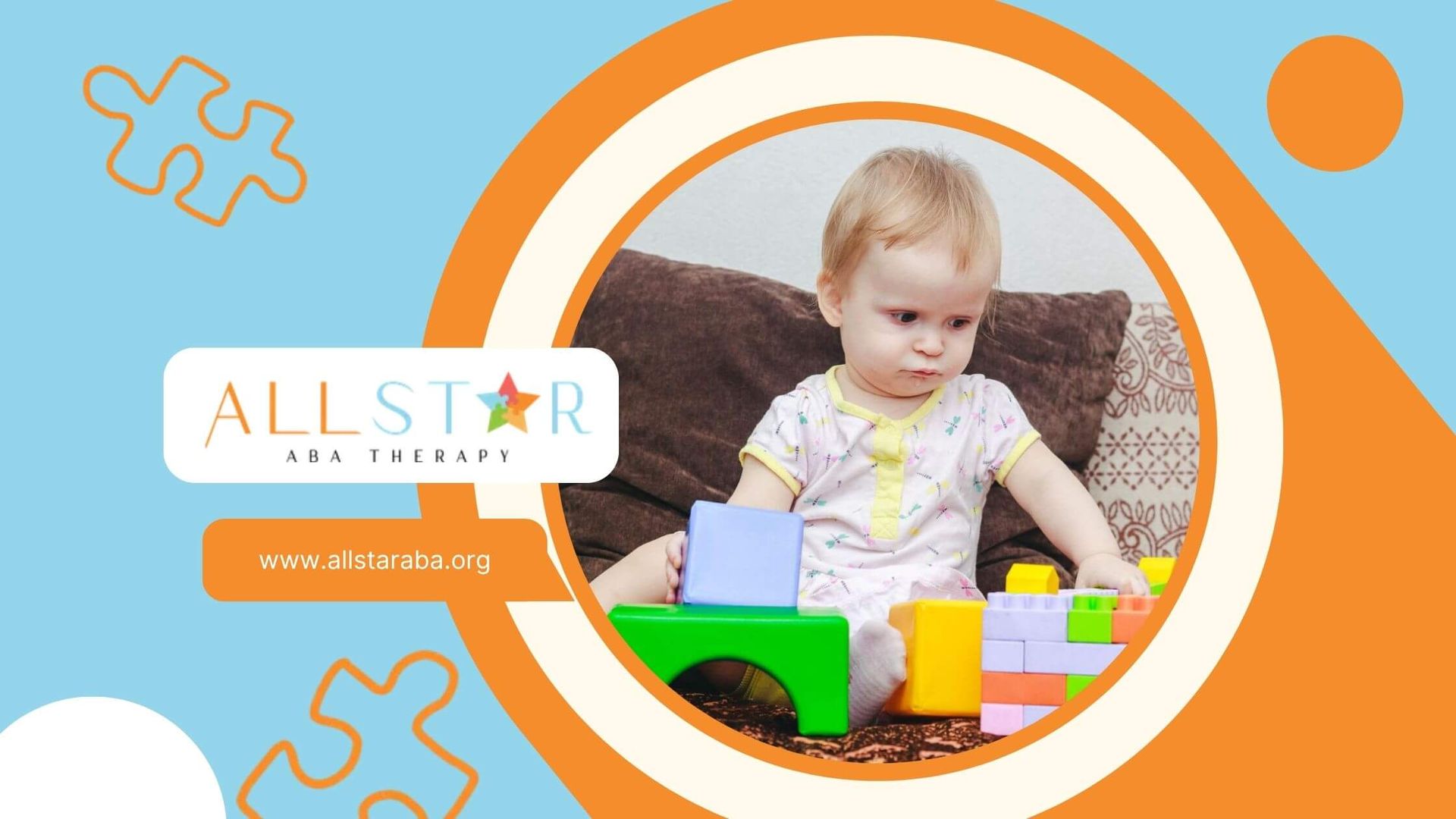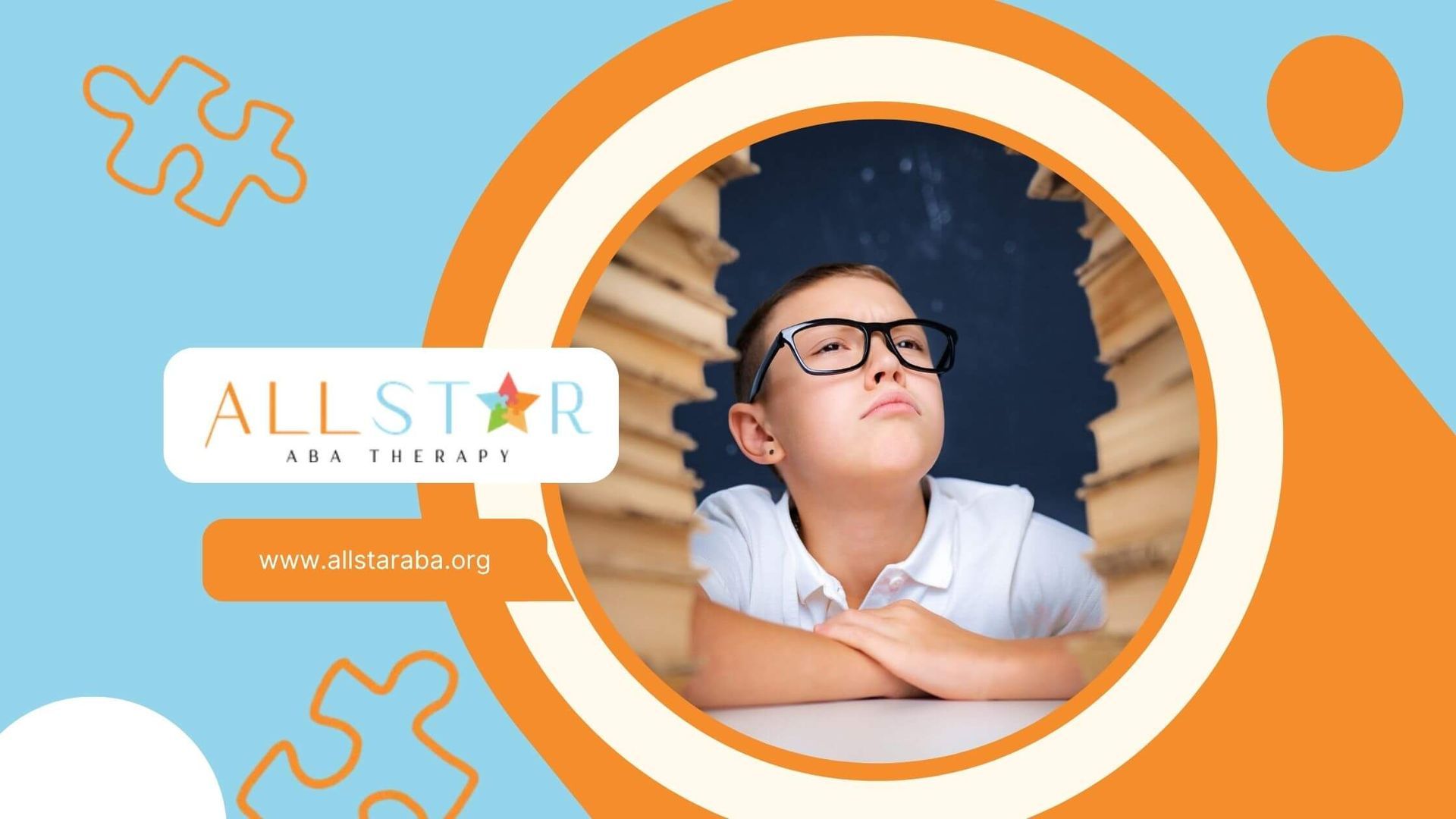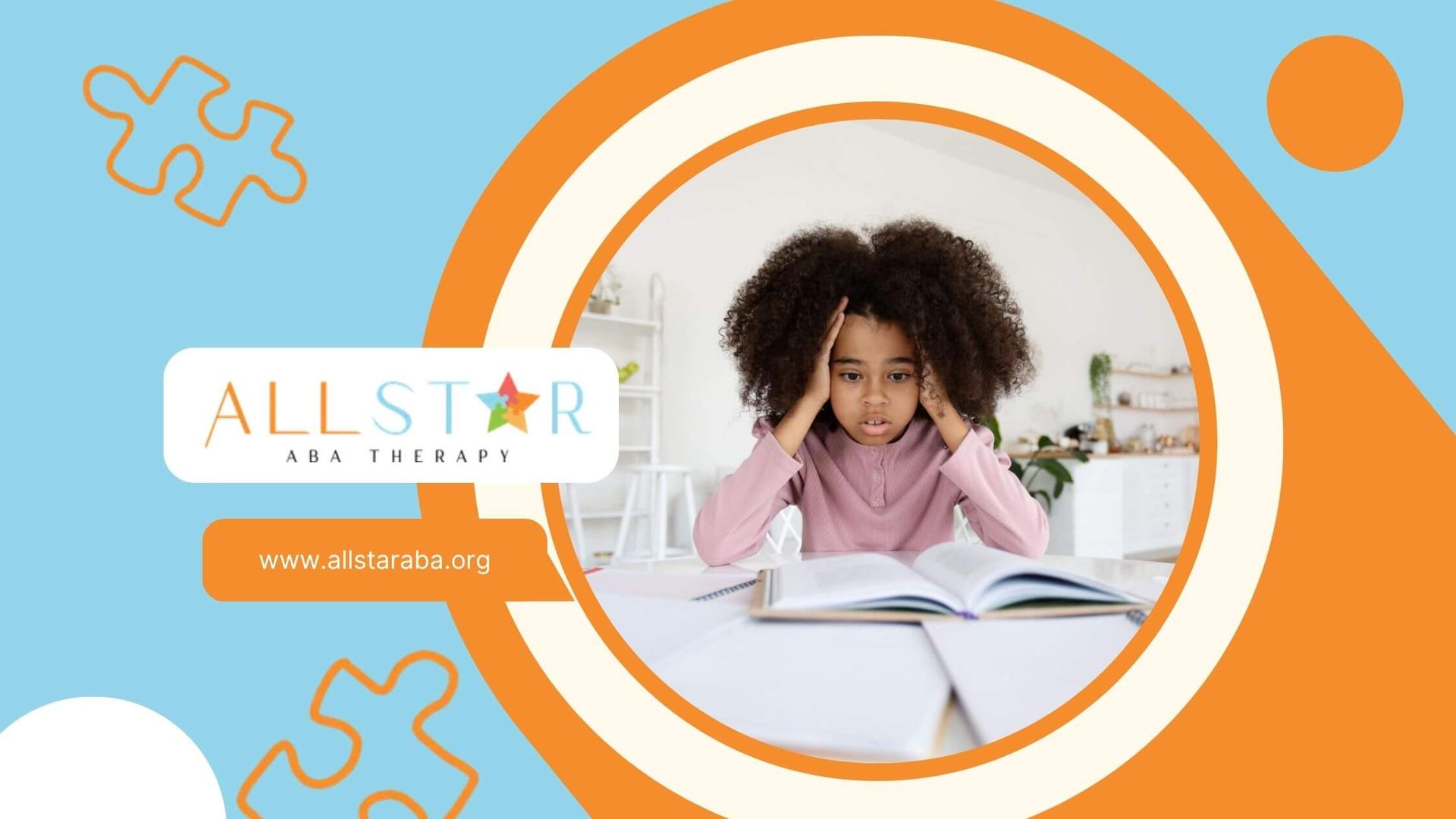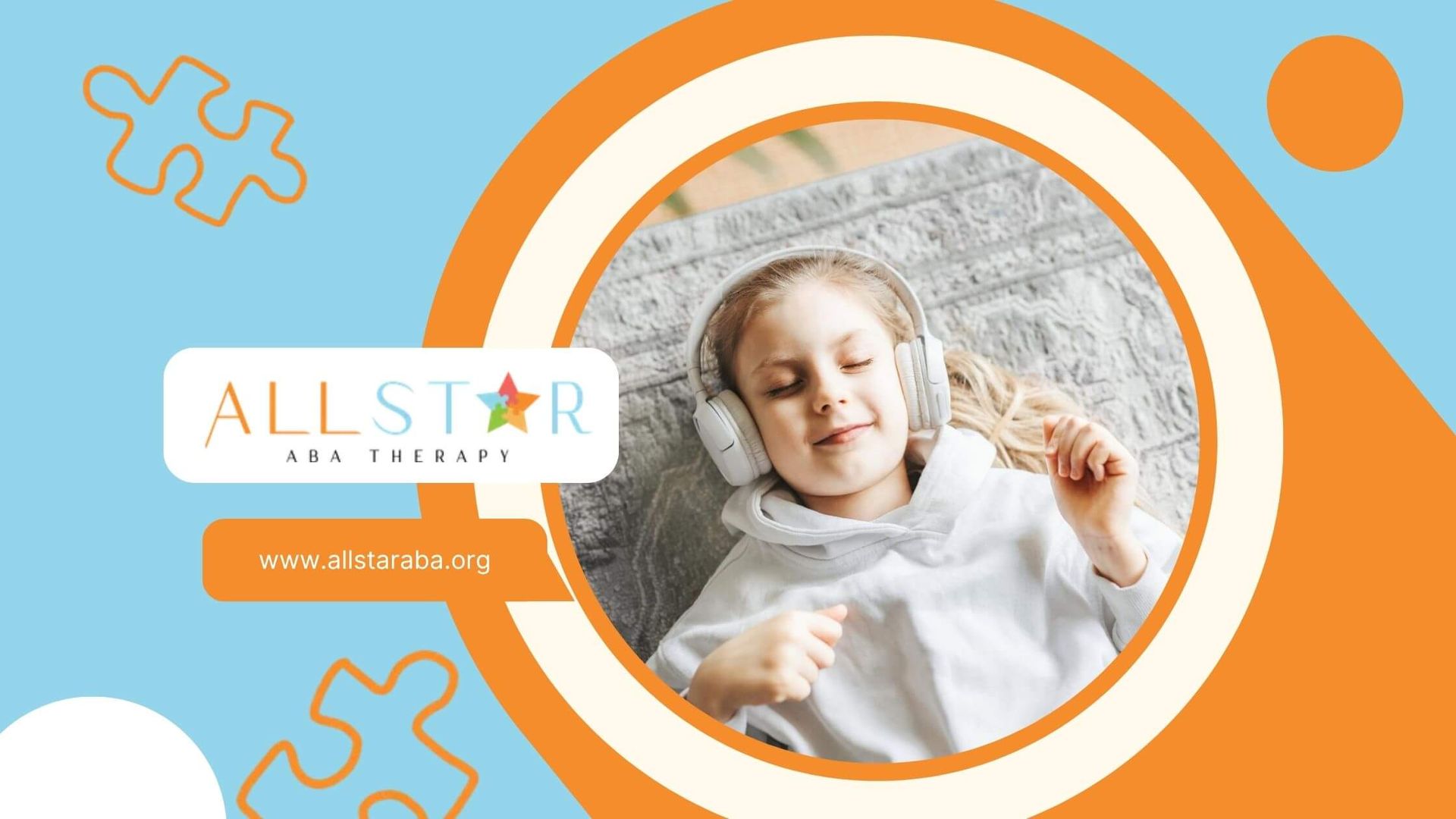New Paragraph
Shaping vs. Chaining: How ABA Therapists Help Kids Learn Step by Step
When parents first hear about ABA therapy, terms like shaping and chaining can sound a little confusing. But don’t worry—it’s actually pretty simple. Both are techniques we use to teach new skills, just in different ways.
In short, shaping helps someone learn a new behavior step by step, while chaining helps them connect smaller skills into one complete routine.
What Is Shaping in ABA?
Think of shaping like celebrating progress, one small step at a time.
In Applied Behavior Analysis, shaping means reinforcing small improvements that get closer and closer to a goal behavior.
For example, if a child is learning to say “juice,” we might first praise or reward them for saying “juh,” then “ju,” and finally the full word “juice.”
Over time, those little steps add up to big success.
In a nutshell: Shaping is about building a new skill gradually with lots of positive reinforcement.
What Is Chaining in ABA?
Now imagine teaching a child to brush their teeth. There are multiple steps—getting the toothbrush, putting on toothpaste, brushing, rinsing, and so on. That’s where chaining comes in.
Chaining helps break down a complex task into smaller, teachable parts. We can teach it from start to finish (forward chaining) or begin with the final step (backward chaining) so the child experiences success right away.
Simply put: Chaining is about connecting learned steps to create a full routine or behavior.
Shaping vs. Chaining: How They Work Together
While shaping focuses on developing new behaviors, chaining focuses on putting learned behaviors together. In many ABA programs, both are used together to help children build independence and confidence.
At All Star ABA, our ABA therapy programs are designed to meet each child where they are—celebrating progress, building confidence, and helping families see real growth at home, in school, and in the community.
We proudly provide personalized ABA therapy in Maryland and Virginia, with flexible options to fit your family’s needs:
- In-home ABA therapy – Support and learning right in the comfort of your home.
- Center-based ABA therapy – Hands-on skill development in a structured, fun environment.
- School-based ABA therapy – Collaboration with educators to help your child thrive in the classroom.
- ABA parent training – Guidance and coaching for parents to continue progress at home.
We’re here to help every step of the way. Learn more about our programs in Maryland and Virginia, or contact us today to schedule a free consultation.
FAQs
What’s an example of shaping in ABA therapy?
A great example is teaching a child to say a word or make eye contact. We reward each small step—like a sound or glance—until the full behavior is learned.
When should chaining be used in ABA therapy?
Chaining is best for multi-step skills like washing hands, dressing, or completing a morning routine—anything that involves a sequence.
Can shaping and chaining be used together?
Absolutely! Therapists often use shaping to teach each step in a chain. Together, they create a powerful path toward learning and independence.
Sources:
- https://iidc.indiana.edu/irca/articles/applied-behavior-analysis.html
- https://pmc.ncbi.nlm.nih.gov/articles/PMC5048264/
- https://psychcentral.com/pro/child-therapist/2020/02/shaping-chaining-task-analysis-with-an-example-from-everyday-life
- https://dictionary.apa.org/shaping
- https://www.simplypsychology.org/operant-conditioning.html
Need Support?
We're Here to Help!
Our experienced team is ready to assist you. Reach out today to discuss how we can support your child's development and well-being.
Get started with expert ABA therapy today.








